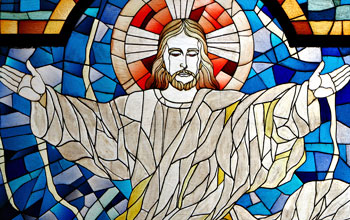Official Website of the
Catholic Diocese of Little Rock
Next holy days are anything but ordinary
Published: May 18, 2017
We may be reaching the end of the greatest liturgical season of the liturgical year, but several holy days at the end of Easter Time and into Ordinary Time prove these months are anything but ordinary. Seven special holy days, known as solemnities, take place through the end of June.
 These include: Ascension of the Lord, Sunday, May 28; Pentecost Sunday, June 4; Most Holy Trinity, Sunday, June 11; Most Holy Body and Blood of Christ, Sunday, June 18; Sacred Heart of Jesus, Friday, June 23; Nativity of St. John the Baptist, Saturday, June 24; and Sts. Peter and Paul, Apostles, Thursday, June 29.
These include: Ascension of the Lord, Sunday, May 28; Pentecost Sunday, June 4; Most Holy Trinity, Sunday, June 11; Most Holy Body and Blood of Christ, Sunday, June 18; Sacred Heart of Jesus, Friday, June 23; Nativity of St. John the Baptist, Saturday, June 24; and Sts. Peter and Paul, Apostles, Thursday, June 29.
A solemnity honors events, beliefs and people of great importance in our salvation history through Jesus Christ. It holds the highest rank among celebrations on the liturgical calendar. Some are fixed, which means they always fall on the same date, like Christmas, but others are moveable, which means their dates are based on the date of Easter.
Of the solemnities mentioned here only the Nativity of St. John the Baptist and Sts. Peter and Paul, Apostles are fixed. The others are moveable, so their dates change each year. Though solemnities are the most important holy days, not all of them are holy days of obligation. Catholics are always obliged to attend Mass on Sundays, but the solemnities mentioned above that fall on weekdays are not holy days of obligation.
Besides solemnities, many lesser holy days, known as feasts and memorials are celebrated throughout the liturgical year. They help us remember saints who serve as models for Christian life.









